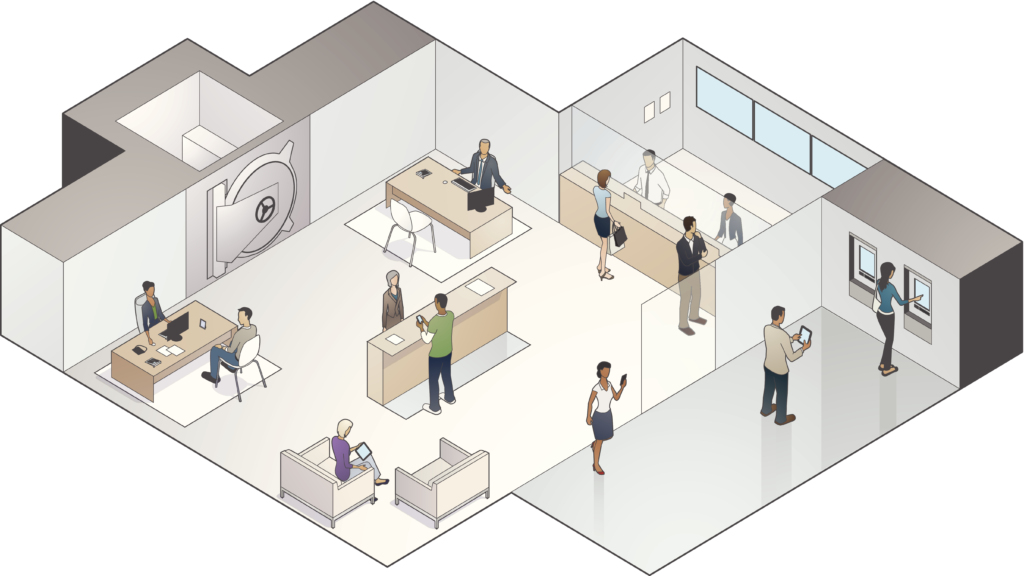Article
How to Implement Innovative Processes in Your Workplace

The final step is to create the processes that enable employees to utilize the developed tools, taking problems from ideation to implementation.
Critical process
One of the most important aspects of a company’s success and development is the documentation of a clear process. Even outside the innovation space, organizing your workflows or development timelines into a clear process allows for incremental improvement as well as metric-based evaluation.
If a company operates within manufacturing, it is vital to document the processes so that they can be optimized, the cost of production can be minimized, and the quality of the end-product can be monitored and consistent. Within the innovation space, having clear processes is even more important.
Developing your process
Creating an innovation process begins by having a high-level strategy for your innovation engine. Innovating simply to innovate can be fun, but fails to create a targeted impact on your business. An organization needs to strategize how the innovation practice will be used to improve it as a whole.
This can be through adding new revenue streams, improving user engagement and retention, or identifying ways to maintain a market leader status, to name a few. If your organization has a clear understanding of the goals and purpose for the innovation practice, ideas can be evaluated for their value far more effectively.
Innovating simply to innovate fails to create a targeted business impact.
Once your strategy has been established, you’ll need to define the specifics of how the innovation systems will plug into your current workstreams. When is a problem worth ideating on? Who gets pulled in to work through a specific challenge? How often should ideation be related to solving a specified problem versus exploring a new opportunity?
Creating the actual expectations and implementation of when and why people are tasked with doing innovation work is the next step towards putting your infrastructure into practice. As employees, understanding when we should be doing process work like problem framing, user testing, and prototyping as opposed to when we should be ideating and developing blue-sky ideas will allow us to maintain a high level of efficiency through these new systems.
The key here is to develop a process that allows you to make use of the infrastructure you have built in the previous steps.
Unifying your innovation approach
Innovation is the behavior that can ensure one’s company succeeds in the distant future. Creating a culture and infrastructure that constantly engages with innovation benefits both existing value chains and new business opportunities.
By understanding the types of innovations, from incremental to radical, an organization can strategically prioritize how to invest appropriately. Identifying an ideal future state and mapping that future onto a specific innovation strategy creates a concrete plan to succeed.
To achieve that success, however, innovation needs to be more than just nominal. Ideas need to have a consistent, clear method to be shared and presented. Individuals have to be motivated and able to collaborate on innovative ideas. Finally, good solutions need to be allocated resources to be executed.
Overall, creating infrastructure across the innovation pipeline builds industry leaders.
We hope you can now understand the nuances of innovation strategy in organizational design. This should enable you to both scrutinize companies to understand the strengths and weaknesses of their innovation implementation and analyze your own organization to understand how to mold your company into an ideal future state.








